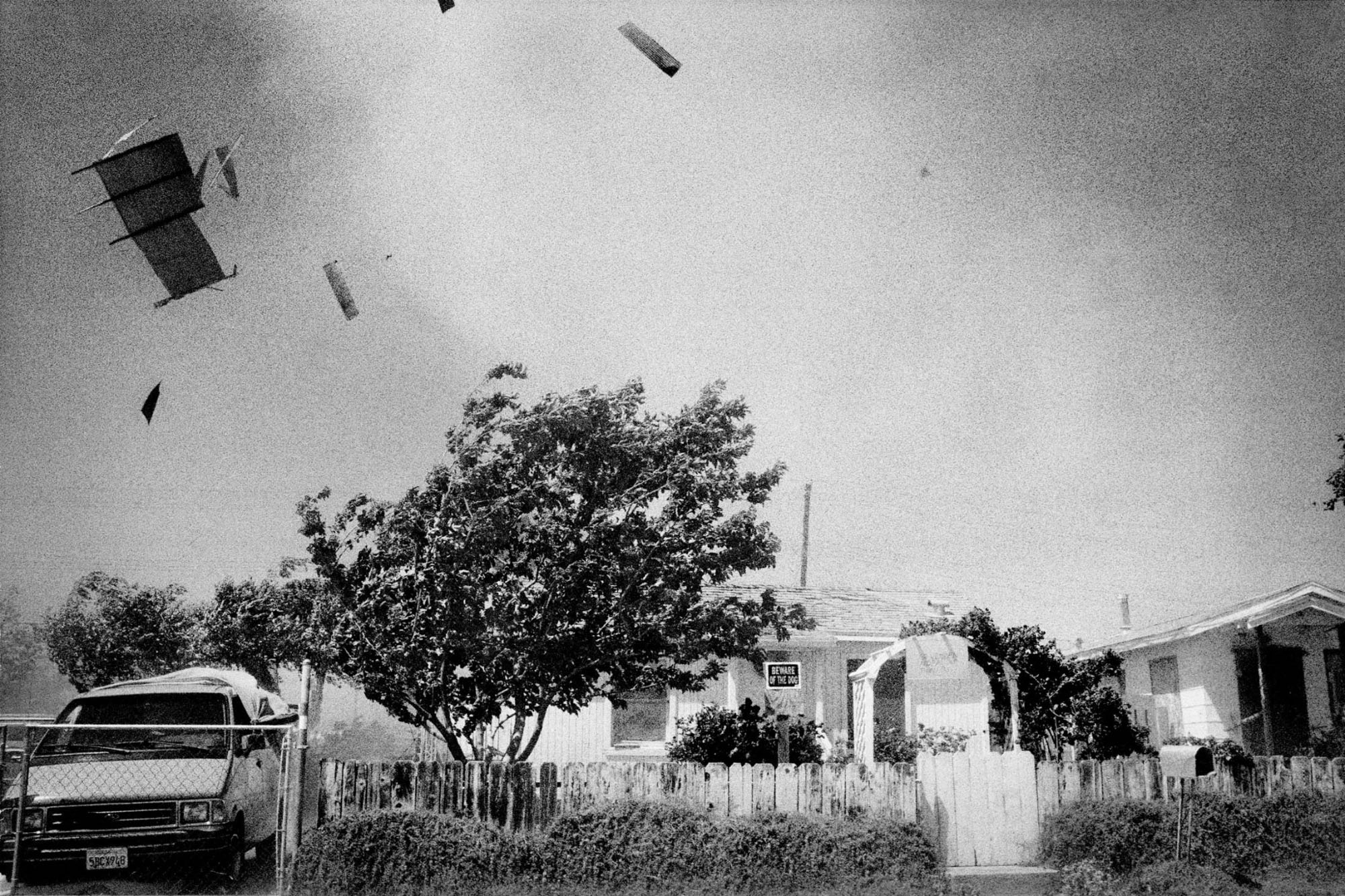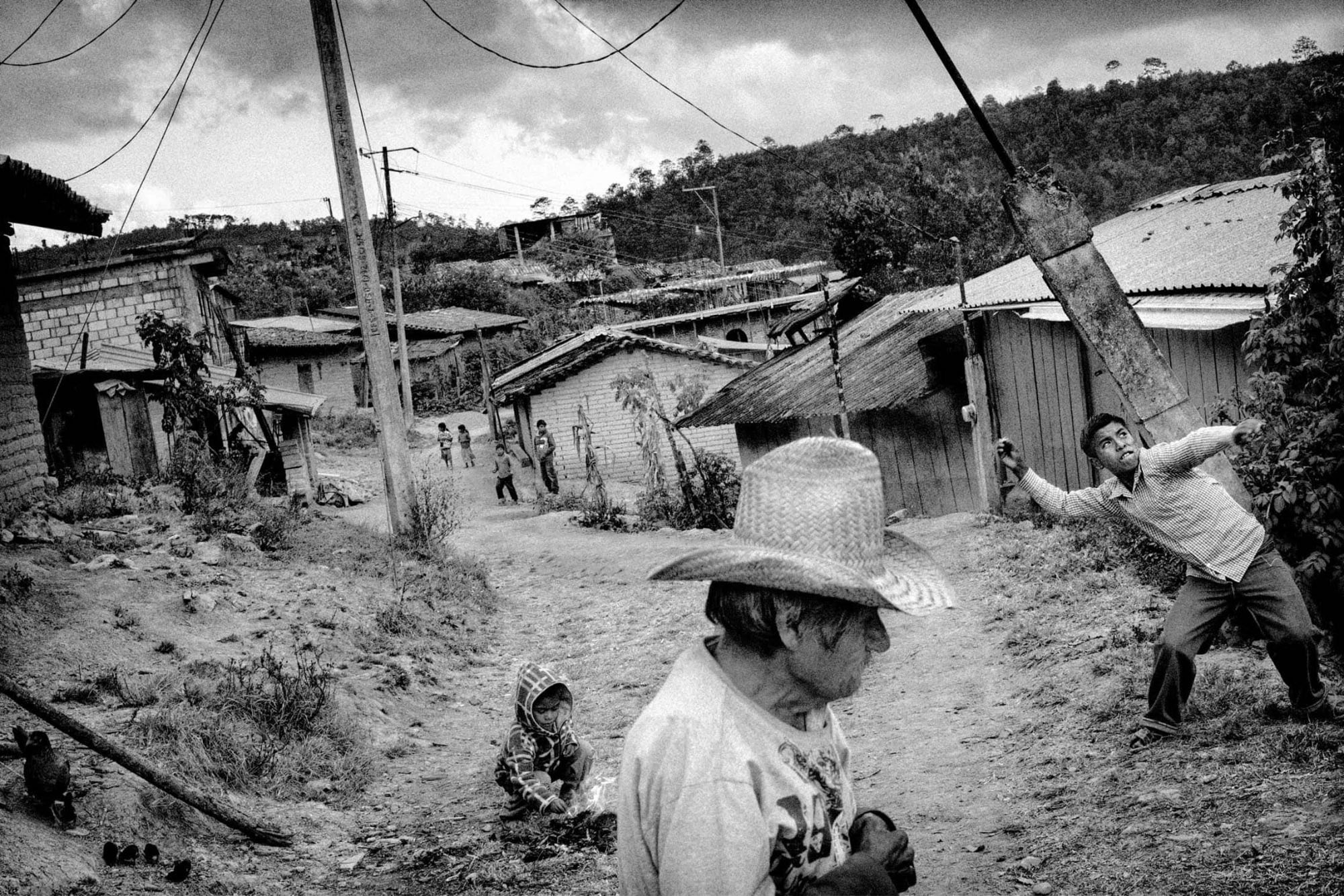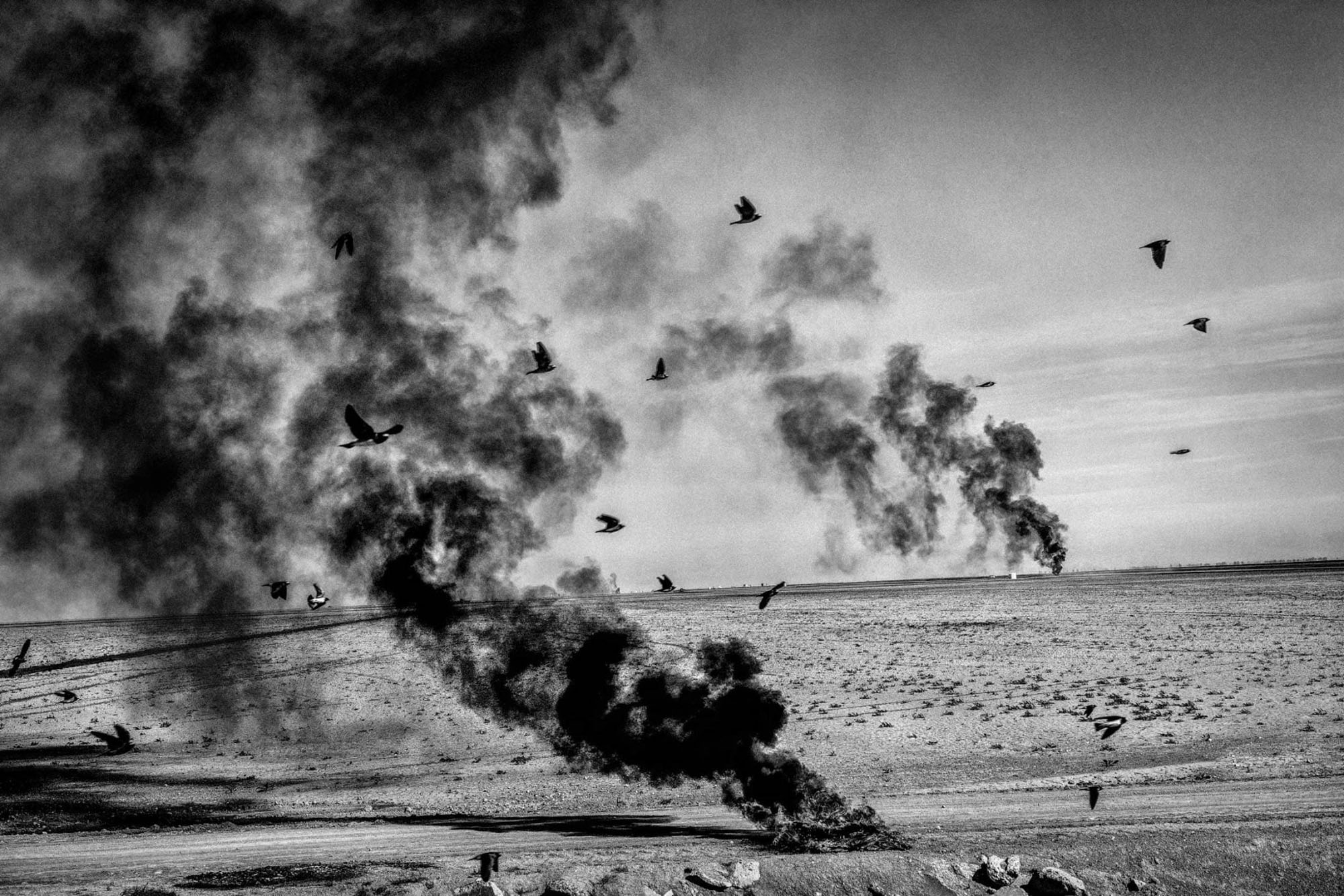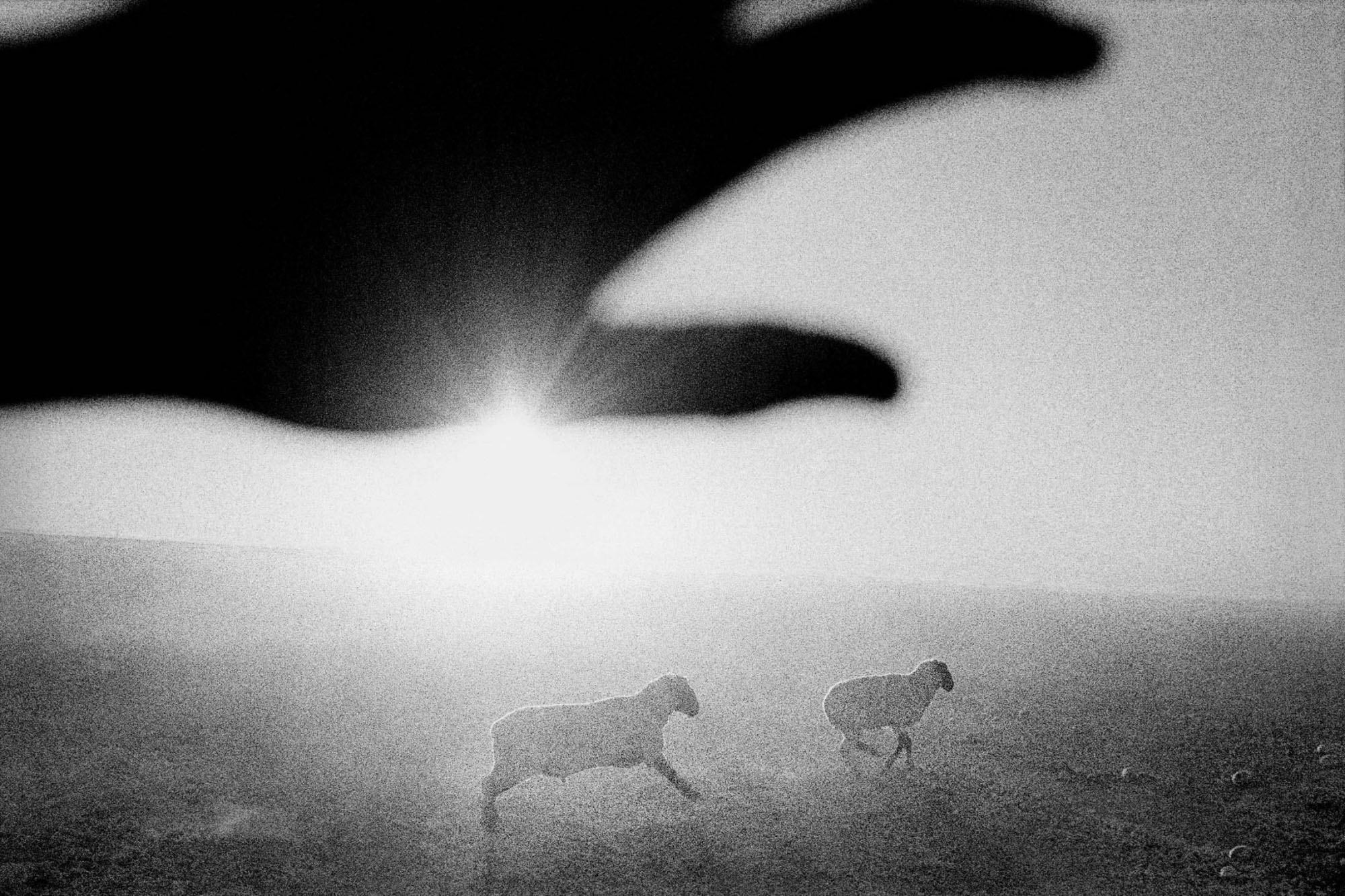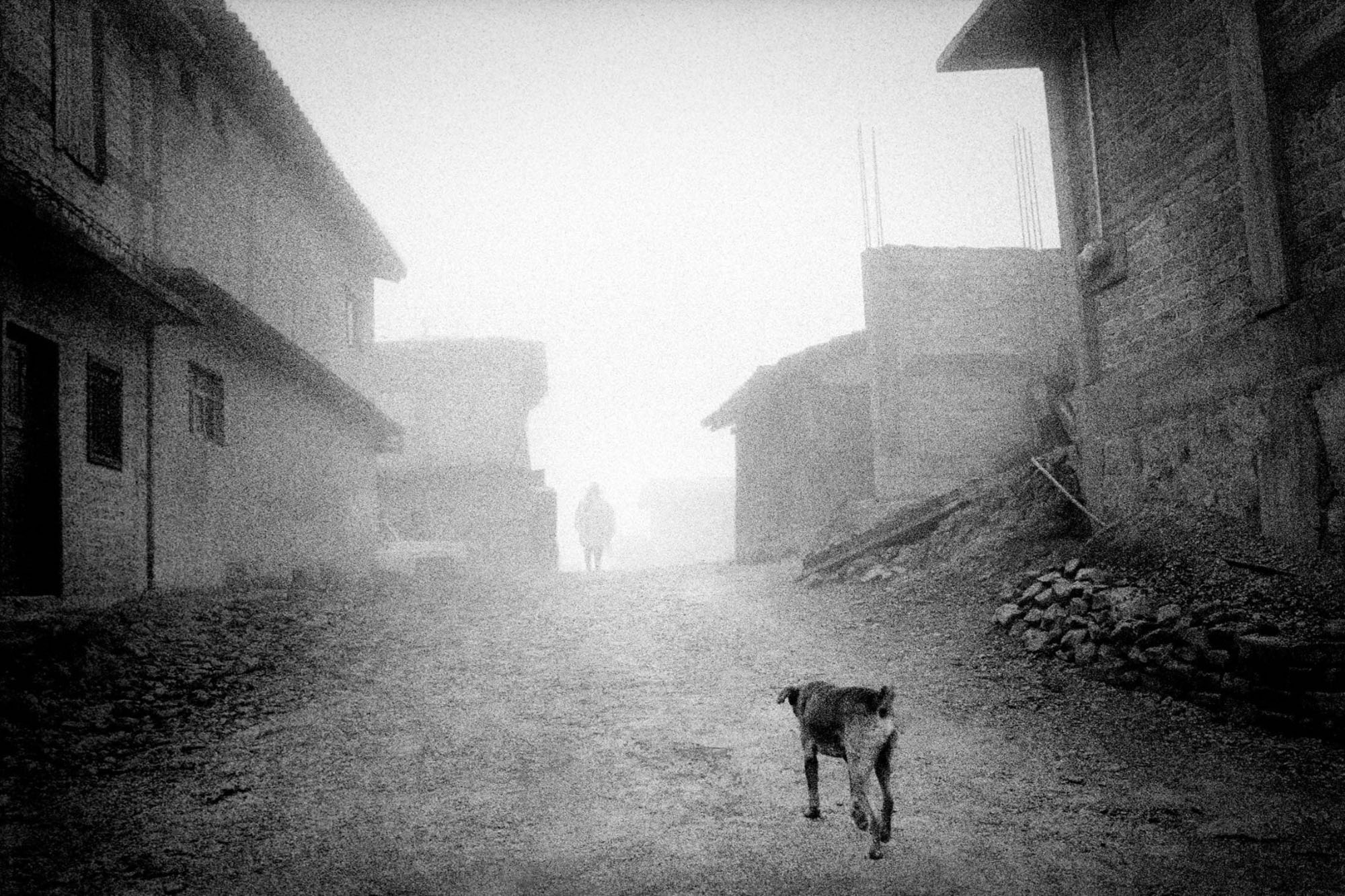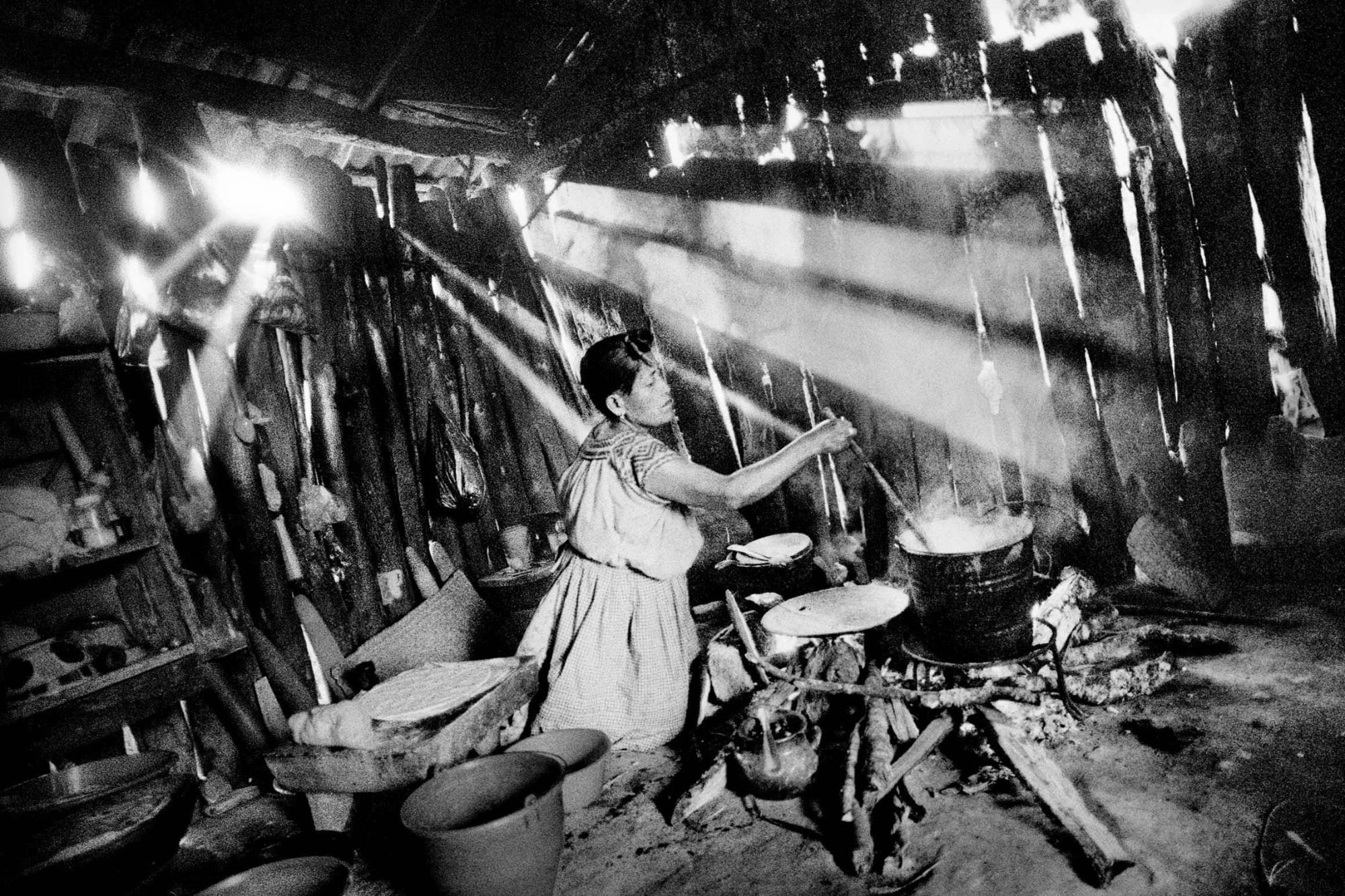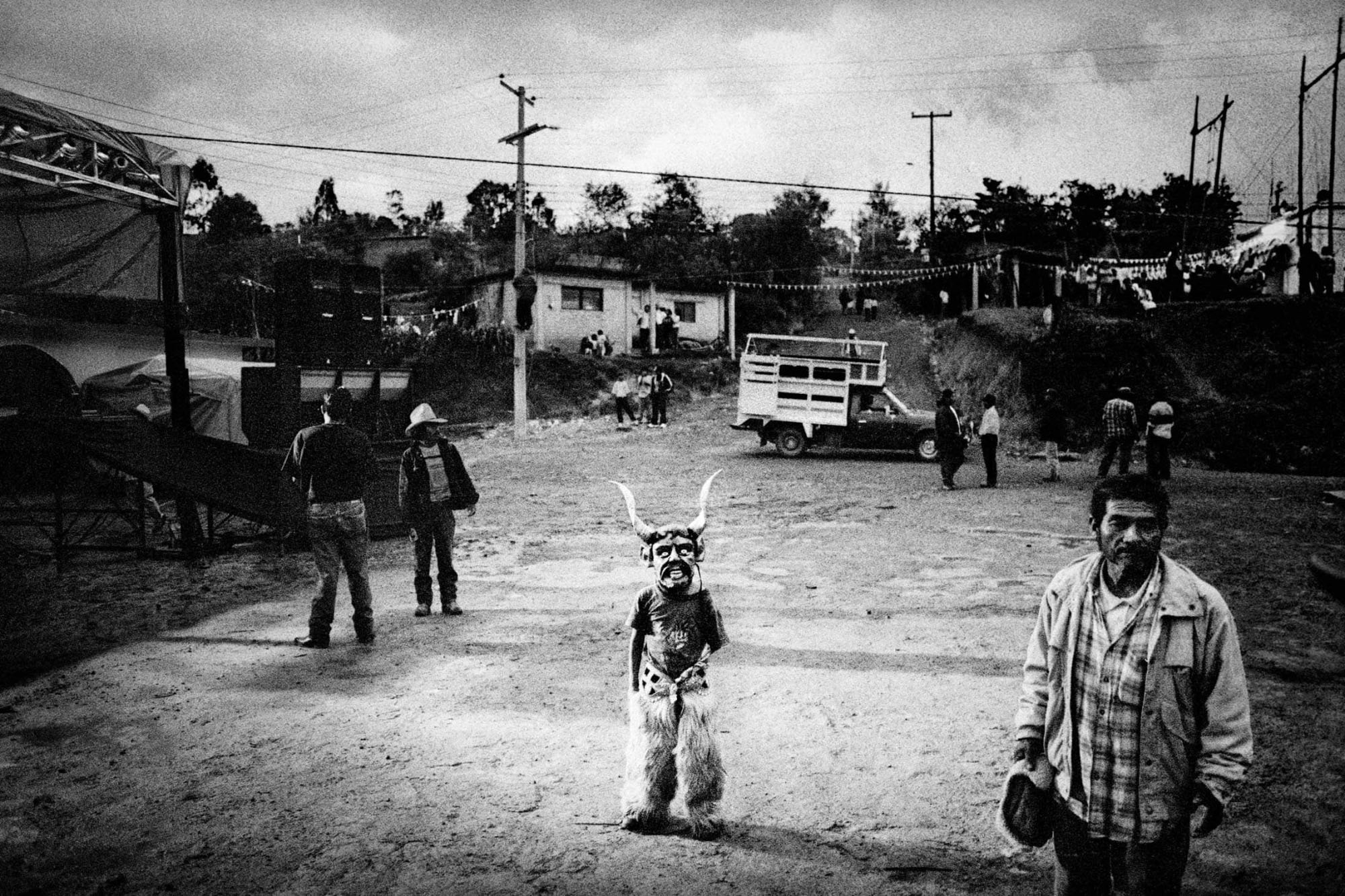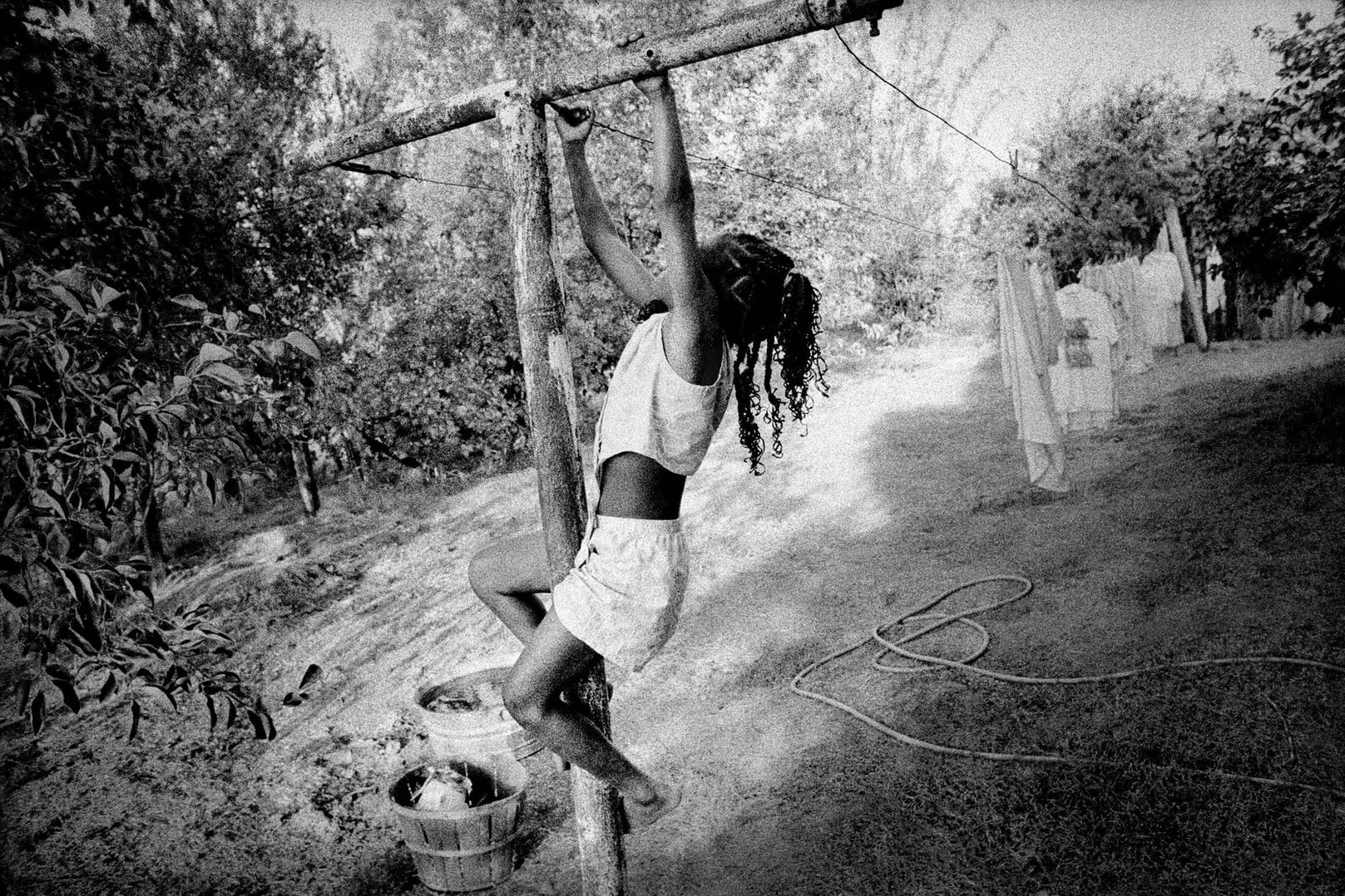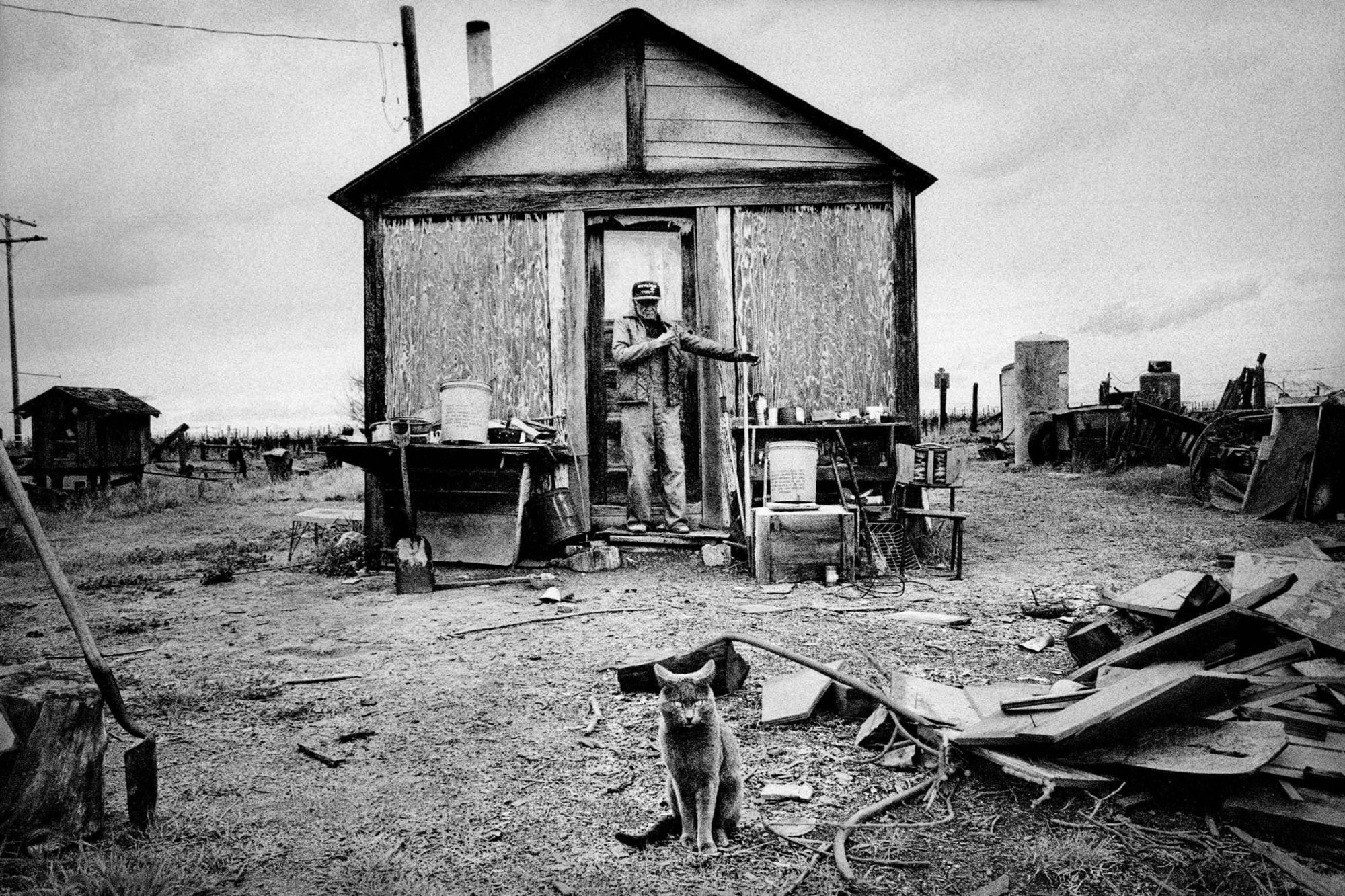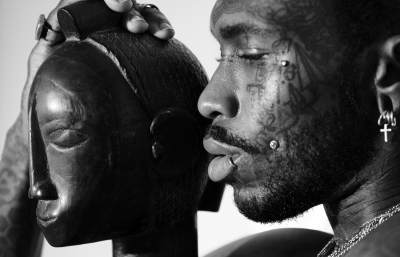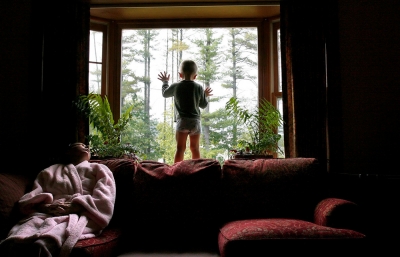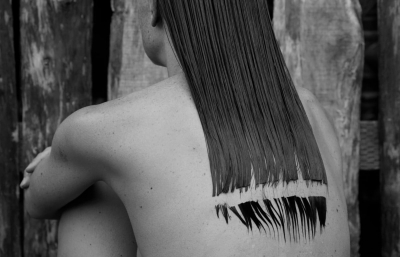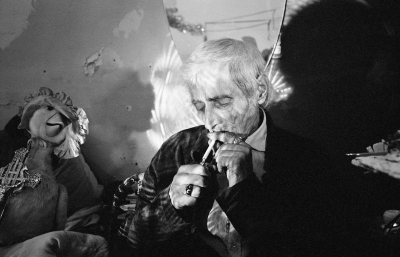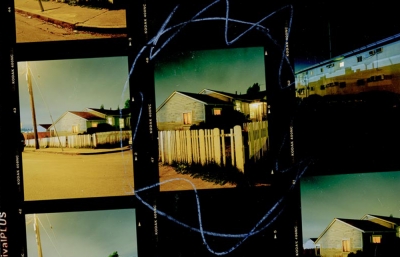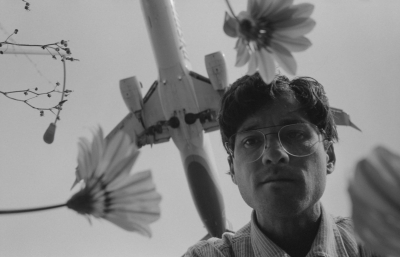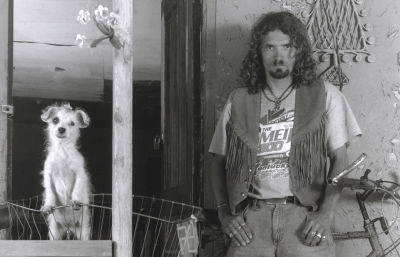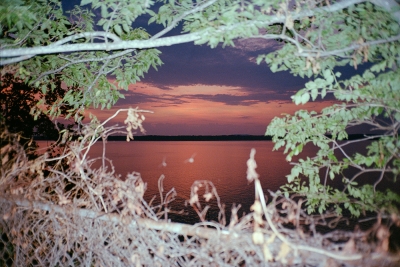Based in California’s Central Valley, Matt Black produces highly narrative imagery deeply grounded in present-day societal and environmental disquietude. The Central Valley and Mexico at Robert Koch Gallery delves into two earlier bodies of work, seemingly distant in geography but profoundly united in thematic resonance. Black’s lens presents a captivating and profound exploration of some of the most marginalized communities in the Americas.
In 1995, Black began capturing the struggle, disempowerment, and hopeful resilience of communities throughout the Central Valley of California. The work from The Valley portrays the many hardships faced by residents working and living in one of the world’s most significant and powerful agricultural hubs. Despite generating billions of dollars in economic output, these communities bear the weight of poverty, unemployment, and inadequate access to healthcare and education.
It was while photographing in the Central Valley, that Black noticed a shift in the agricultural workforce, historically a point of transition for various migrant groups. Black identified a group that intrigued him: indigenous immigrants from Mexico, speaking Trique, Mixtec, or Nahuatl. The reasons for leaving their homelands intrigued Black and led him to the mountains of Oaxaca, where he witnessed the erosion of an ancient way of life. These mountains, the birthplace of corn cultivation with a history spanning millennia, had succumbed to modern farming techniques, resulting in landslides, crop failures, and a mass exodus to the US in search of opportunities. Those left behind were mostly the elderly and children, struggling to sustain shrinking villages that became targets for drug cartels. Amid this intersection of environmental crisis and economic brutality, Black composed compelling photo essays, such as “The People of Clouds” and “The Monster in the Mountains,” which would eventually comprise the series Mixteca.

